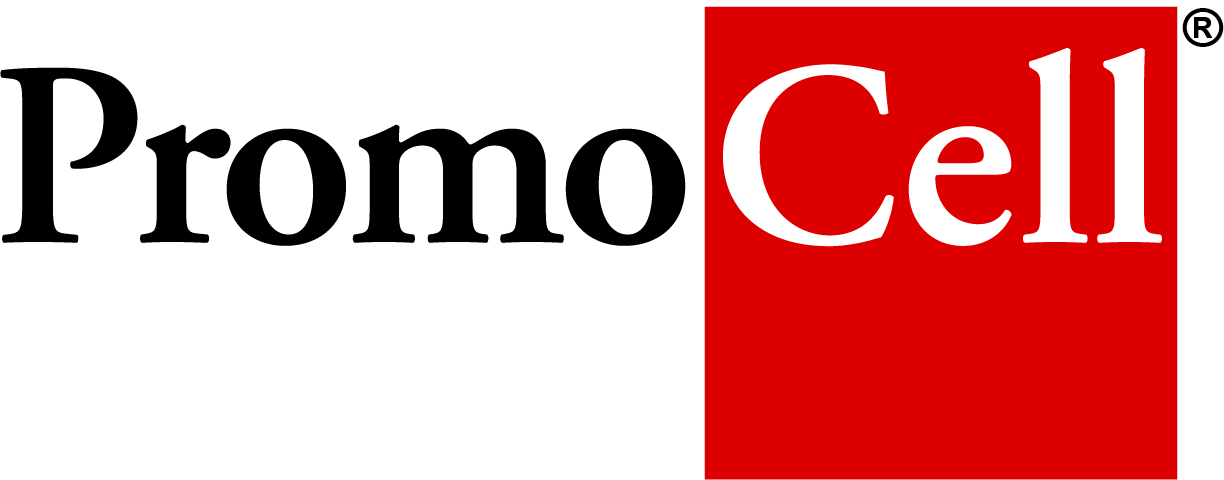Videos
Items 13-20 of 20 Results
-
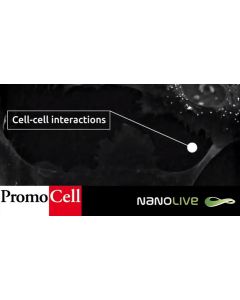
Cells in Action: membrane protrusions in HUVECs (Human Umbilical Vein Endothelial Cells)
During angiogenesis, cell-matrix interactions are crucial. The cell matrix structures are involved in migration, invasion and survival of cells throughout the angiogenic process. In this video we can see filopodia and lamellipodia in great detail, thanks to Nanolive imaging's ability to view membrane deformations. These structures are essential for migration, cell-cell interactions, sensing of the cell environment and more. While filopodia appear as long, thin protrusion-like structures that emerge from the cellular membrane, lamellipodia are broad, sheet-shaped structures containing thin and short interconnected actin filaments. -
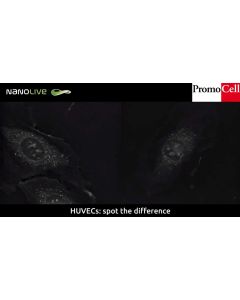
Cells in Action: Double mitosis of Human Umbilical Vein Endothelial Cells (HUVECs)
Images of cells undergoing mitosis are mind-blowing, and non more beautiful than those of our Human Umbilical Vein Endothelial Cells (HUVECs) captured by Nanolive's 3D Cell Explorer. On the right hand side, the cell seems to enter mitosis but the chromatids don't complete segregation and the cell returns to interphase without dividing. Exiting mitosis is controlled by proteolysis and cyclin dependent kinases (CDKs). Mitosis regulatory machinery sometimes detects errors and forces a return to interphase, as seen here. This kind of research helps develop understanding of the cell cycle, which can be used in myriad applications including cancer research. -

Cancer cell culture: Diversity of cells in the tumor microenvironment (TME)
Tumor growth is sustained by a highly diverse microenvironment, the TME. Its complex cellular interactions need serious consideration during Cancer Research. -
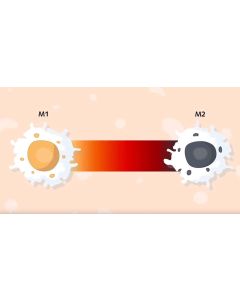
Macrophages Subtypes: Polarization, Activation and Plasticity
Macrophages are multitasking cells at the first line of defense against pathogens invasion. But they can also play a major role in destroying tissues and developing cancer, autoimmune disorder or allergies. -
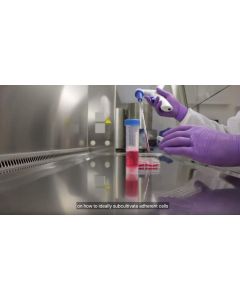
Attachment and Detachment of Cells
Dr. Rüdiger Arnold explains the basics of attachment and detachment of cells. -
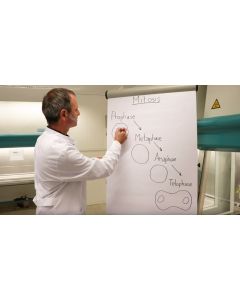
Cell Growth, Cell Death and Aging of Cells
Dr. Rüdiger Arnold, one of our PromoCell Academy lecturers, explains the basics of cell growth, cell quantification and apoptosis as well as best practices. -

Mycoplasma Contamination in Cell Culture
Mycoplasma is the nightmare of every scientist working with Cell Culture. Mycoplasma contamination is threatening academic labs to biopharmaceutical production facilities. Dr. Rüdiger Arnold explains why best practice in detection, elimination and avoiding mycoplasma are necessary for your cell culture. -
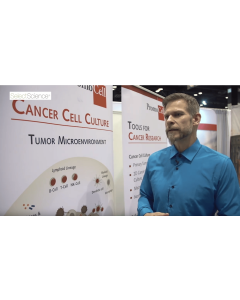
Obtain Pure Malignant Cells with the New Cancer Cell Culture Toolkit
The new cancer cell culture toolkit from PromoCell aids the growth of both primary tumors as well as established cells lines, explains Dr. Hagen Wieland during the AACR (American Association for Cancer Research) Annual Meeting in Chicago.
